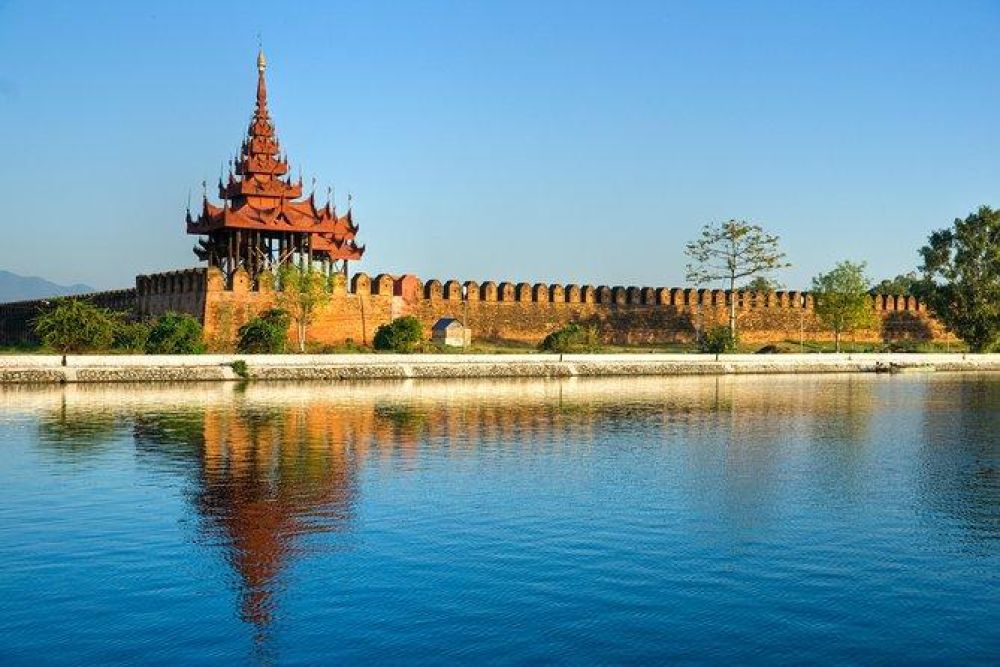

Mandalay, the last royal capital of Myanmar, has long held a magnetic appeal for travelers interested in the rich history and culture of this enchanting country. Despite being a relatively young city, founded in 1857 by King Mindon, Mandalay quickly became the cultural and religious heart of Myanmar, where traditional arts and crafts flourished.
The first tourists to Mandalay were intrepid explorers and colonial officers of the British Empire, which annexed the city in 1885. These early visitors were primarily interested in the exoticism and grandeur of the Burmese royal court. Not long after, with the establishment of colonial rule, Mandalay started to feature in travelogues and the imaginations of people in the West.
Tourism in a formal sense began to take shape during the British colonial period, with the development of infrastructure such as the railway connecting Mandalay to other parts of Burma (now Myanmar). Visitors would come to marvel at the city's pagodas, the craftsmanship of its woodcarvings and tapestries, and the sheer beauty of the surrounding landscape.
The modern era of tourism in Mandalay began to flourish in the late 20th century when Myanmar opened its doors to international travelers. Mandalay, with its array of historical and religious sites, including the Mandalay Palace, Mahamuni Pagoda, and Kuthodaw Pagoda with the "world's largest book," became a must-visit destination.
Infrastructure improvements, including the expansion of the Mandalay International Airport and the development of hotels and guesthouses, facilitated the steady increase in tourist numbers. Cultural showcases such as the Maha Myat Muni Pagoda Festival further heightened Mandalay's appeal.
It is important to note that the political climate in Myanmar has periodically affected tourism in Mandalay. Civil unrest and the country's international relations can either encourage or dissuade international tourism. Despite this, Mandalay has continuously strived to present the best of Burmese culture to the world.
Before the global pandemic, sustainable and community-based tourism were becoming prominent, with travelers increasingly seeking authentic experiences that benefited local communities. Mandalay started seeing a rise in interest for off-the-beaten-path excursions, local culinary tours, and participation in traditional crafts workshops.
With an eventual return to normalcy anticipated in the post-pandemic world, it is expected that such trends towards responsible and experiential travel will define the future of tourism in Mandalay. The city's ability to adapt to these trends while preserving its cultural heritage will play a key role in the sustainable growth of its tourism sector.
Mandalay continues to fascinate with its blend of tradition and modernity, inviting travelers from all over the world to explore its treasures, both tangible and intangible. As Myanmar writes new chapters in its history, Mandalay remains a jewel in the crown of Burmese tourism.